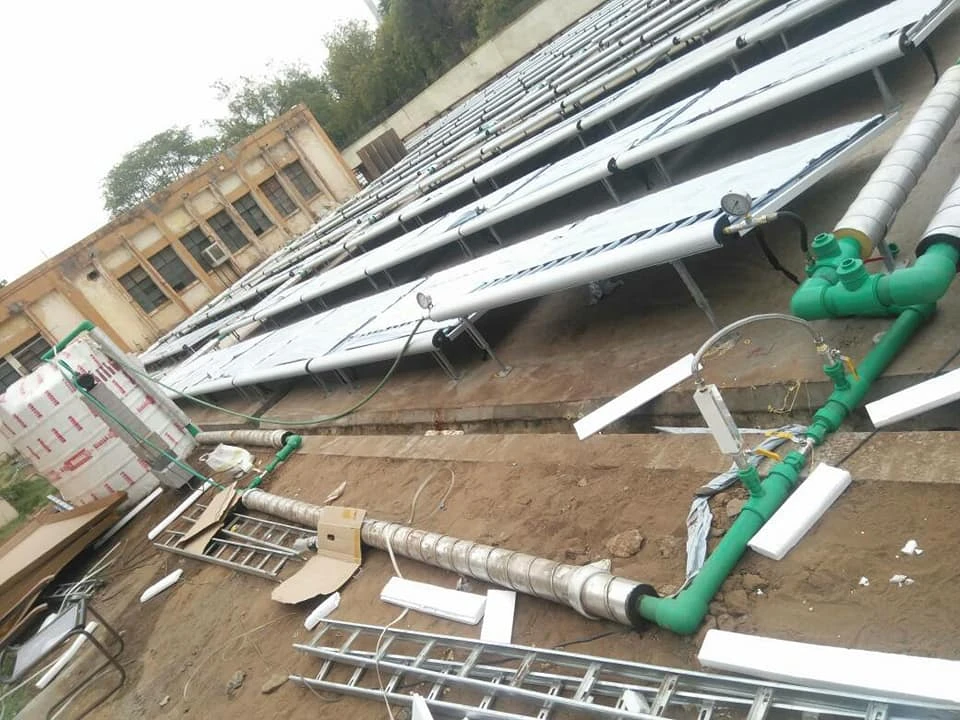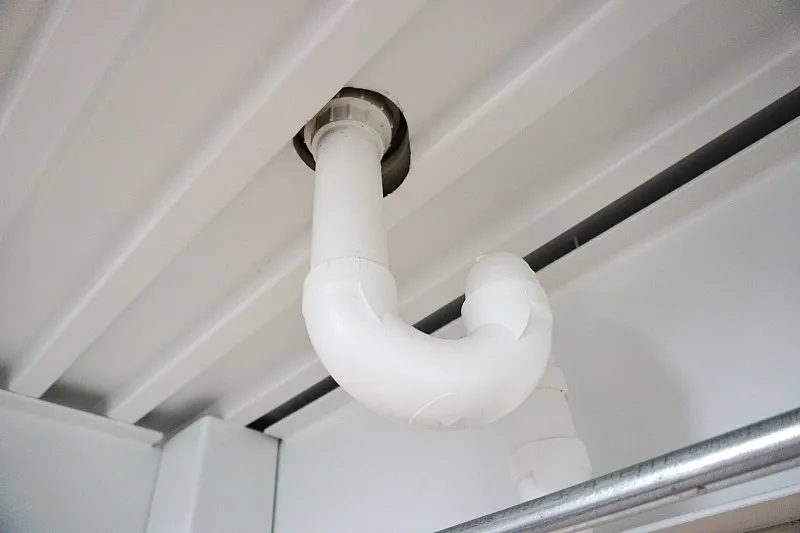In the quest for sustainable construction materials, the debate between PPR (Polypropylene Random Copolymer) pipes and copper pipes has become increasingly relevant. Both materials have their unique advantages and disadvantages, especially regarding environmental impact, longevity, and overall sustainability. In this article, we will explore the sustainability aspects of PPR Pipe and copper pipes, providing insights to help you make informed choices for your plumbing needs.
Understanding PPR Pipe
PPR pipes are made from a type of thermoplastic known for its durability, resistance to corrosion, and lightweight properties. They are commonly used in plumbing systems for both hot and cold water applications. PPR pipes are known for their longevity, with lifespans that can exceed 50 years when installed correctly.
Advantages of PPR Pipe
- Corrosion Resistance: PPR pipes do not corrode like metal pipes, making them ideal for water transportation without contamination.
- Low Energy Consumption: The production of PPR pipes requires less energy compared to metals, contributing to a lower carbon footprint during manufacturing.
- Recyclability: PPR is fully recyclable, and when disposed of properly, it can be repurposed into new products, reducing landfill waste.
- Ease of Installation: Their lightweight nature makes PPR pipes easier to transport and install, which can also reduce energy consumption during installation.
Disadvantages of PPR Pipe
- Chemical Sensitivity: While PPR is resistant to corrosion, it can be affected by certain chemicals, which may limit its application in some environments.
- Temperature Limitations: PPR pipes have a lower maximum temperature threshold compared to copper, which can limit their use in high-temperature applications.
Understanding Copper Pipes
Copper pipes have been a traditional choice for plumbing for many years. They are known for their durability, strength, and resistance to bacteria. Copper is a naturally occurring metal, making it a widely recognized and trusted material in the plumbing industry.
Advantages of Copper Pipes
- Durability: Copper pipes have a long lifespan, often exceeding 70 years, and can withstand high pressures and temperatures.
- Antimicrobial Properties: Copper has natural antimicrobial properties, reducing the risk of bacterial growth in plumbing systems.
- Recyclability: Like PPR, copper is highly recyclable. Copper scrap is valuable, and recycling helps conserve natural resources.
Disadvantages of Copper Pipes
- Corrosion Issues: Copper pipes can corrode over time, particularly in acidic or alkaline water conditions, leading to leaks and contamination.
- Higher Energy Consumption: The extraction and production of copper require significant energy, contributing to a larger carbon footprint compared to PPR pipes.
- Cost: Copper pipes are generally more expensive than PPR pipes, which can be a deterrent for some projects.
Environmental Impact Comparison
When evaluating sustainability, it’s essential to consider various environmental impacts, including resource extraction, production processes, lifecycle analysis, and end-of-life disposal.
Resource Extraction
- PPR Pipes: The raw materials for PPR are derived from petroleum, a non-renewable resource. However, the extraction process has a lower environmental impact than mining metals like copper.
- Copper Pipes: The mining process for copper can lead to significant environmental degradation, including habitat destruction, water pollution, and high energy consumption.

Production Processes
- PPR Pipes: The manufacturing process for PPR is less energy-intensive, resulting in lower greenhouse gas emissions. PPR can be produced with fewer pollutants compared to metal production.
- Copper Pipes: The production of copper involves smelting and refining processes that are energy-intensive and contribute to air and water pollution.
Lifecycle Analysis
- PPR Pipes: With a lifespan of over 50 years and low maintenance needs, PPR pipes can be considered sustainable if properly installed and maintained. Their ability to be recycled at the end of their life further enhances their sustainability profile.
- Copper Pipes: While they can last longer than PPR pipes, their susceptibility to corrosion may lead to premature replacement. However, the high recycling value of copper contributes positively to its sustainability.
End-of-Life Disposal
- PPR Pipes: When PPR pipes reach the end of their life, they can be recycled into new products. However, improper disposal can lead to environmental concerns if not managed correctly.
- Copper Pipes: Copper has a well-established recycling infrastructure, ensuring that a significant portion of used copper pipes is recycled, reducing the need for new copper extraction.
Sustainability in Practice
When it comes to practical applications, the choice between PPR pipes and copper pipes often depends on specific project requirements, budgets, and environmental considerations.
Installation and Maintenance
- PPR Pipes: Easier and quicker to install due to their lightweight nature, PPR pipes can reduce labor costs and overall project timelines. Their resistance to corrosion means lower maintenance costs over time.
- Copper Pipes: While installation can be more labor-intensive, the long-term durability of copper can justify the initial higher cost. Regular maintenance may be necessary to address corrosion issues.
Applications
- PPR Pipes: Ideal for residential plumbing, irrigation systems, and industrial applications, especially where corrosion resistance is paramount.
- Copper Pipes: Commonly used in high-temperature and high-pressure applications, such as water heating systems and refrigeration.
Conclusion
Both PPR pipes and copper pipes have their unique advantages and disadvantages when it comes to sustainability. PPR Pipe offer a lower carbon footprint during production and are recyclable, making them a solid choice for environmentally conscious projects. Conversely, copper pipes, while having a higher initial environmental impact due to mining and production, provide durability and antimicrobial properties that can contribute to long-term sustainability.
Ultimately, the decision between PPR pipes and copper pipes should be based on project-specific needs, local environmental considerations, and budget constraints. By making informed choices, you can ensure that your plumbing system is not only efficient but also sustainable.
FAQs
1. Are PPR pipes better for the environment than copper pipes?
PPR pipes generally have a lower carbon footprint during production and are recyclable, making them more environmentally friendly in many applications.
2. How long do PPR pipes last compared to copper pipes?
PPR pipes can last over 50 years, while copper pipes can exceed 70 years if properly maintained.
3. Can PPR pipes handle high temperatures?
PPR pipes have limitations with high temperatures compared to copper. They are suitable for hot water but may not withstand extreme heat.
4. Are copper pipes recyclable?
Yes, copper pipes are highly recyclable and have a well-established recycling market.
5. Which pipes are more cost-effective for residential plumbing?
PPR pipes are generally more cost-effective upfront compared to copper pipes, but the best choice depends on specific project requirements and long-term considerations.


















